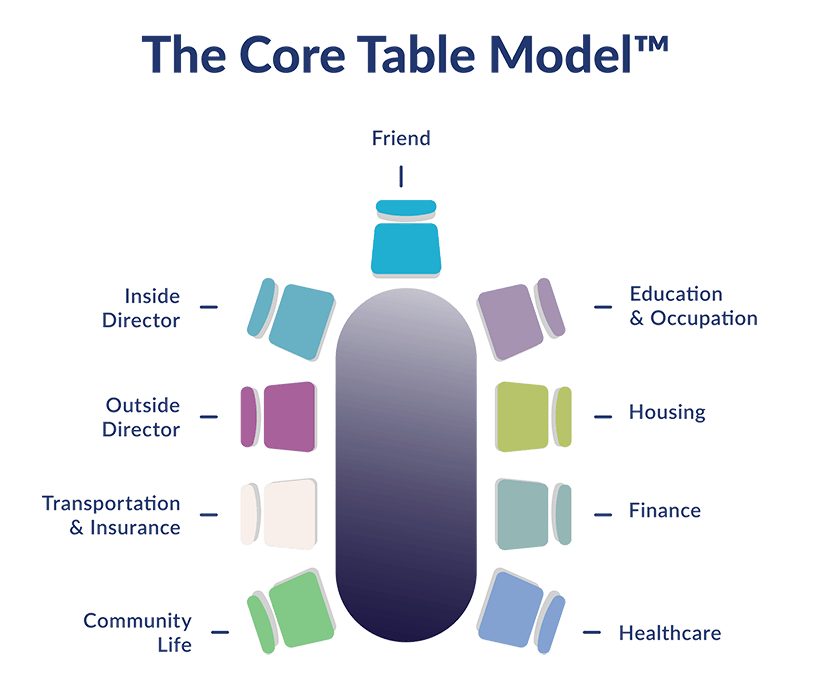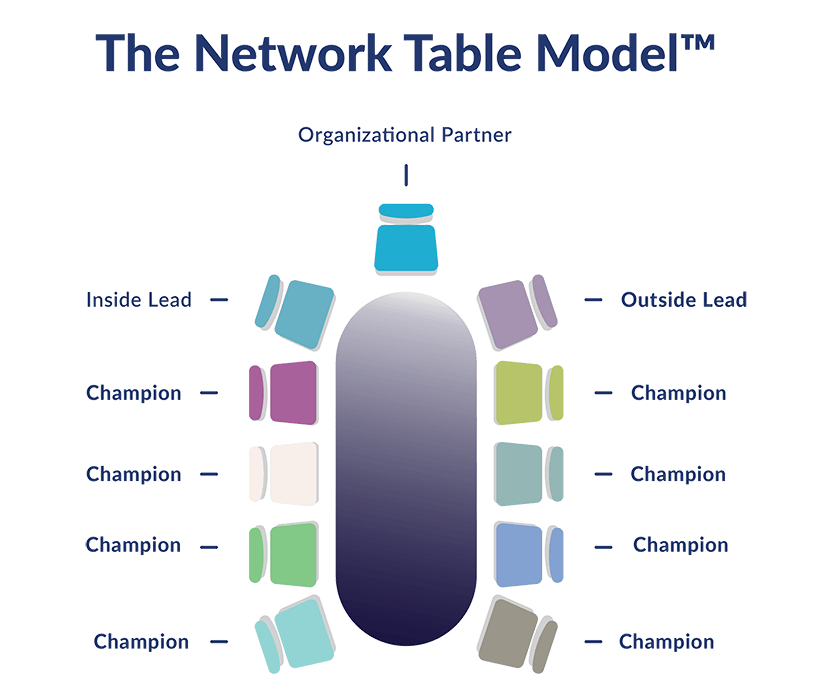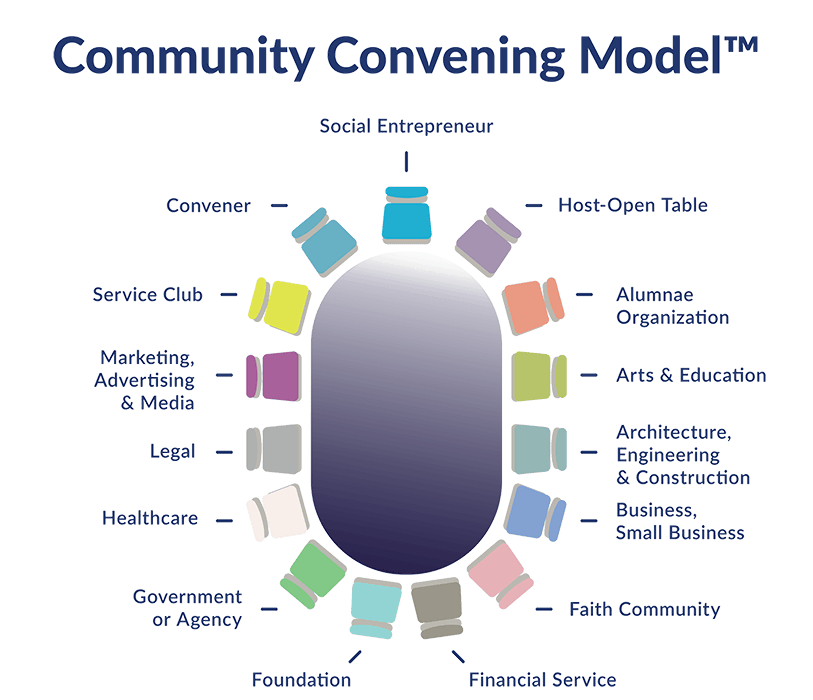Open Table Models
Communities can successfully address daunting social challenges. Many communities and states have effective systems to access formal services, but often do not have a process of accessing the other and equally important aspects of social drivers of health (SDOH). People with complex needs – including poverty, isolation, mental health, and chronic illness – need social connectedness and access to a broader array of social capital supports to move to healthier and better lives.
The Open Table model demonstrates how a trained, structured, collaborative approach can energize the relational and social capital in communities to provide a continuum of support and transform lives. Through an understanding of the inexhaustible resources of relational and social capital, the community can move from a scarcity perspective to one of abundance.




